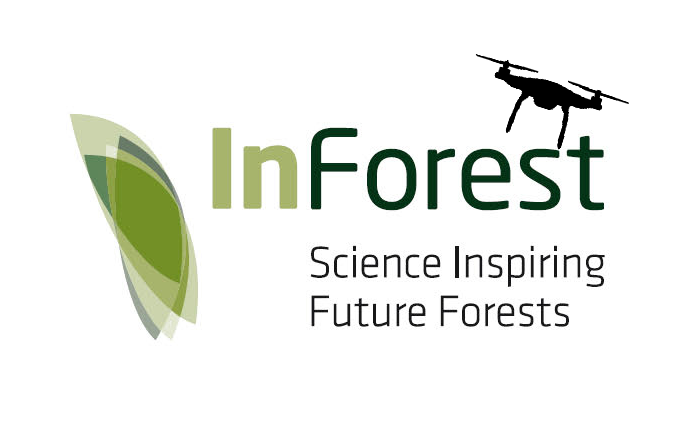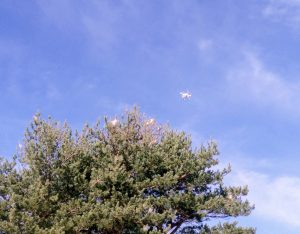Cardil, A.; Vepakomma, U.; Brotons, L. Assessing Pine Processionary Moth Defoliation Using Unmanned Aerial Systems. Forests 2017, 8, 402
https://www.mdpi.com/1999-4907/8/10/402
Pine processionary moth (PPM) is one of the most destructive insect defoliators in the Mediterranean for many conifers, causing losses of growth, vitality and eventually the death of trees during outbreaks. There is a growing need for cost-effective monitoring of the temporal and spatial impacts of PPM in forest ecology to better assess outbreak spread patterns and provide guidance on the development of measures targeting the negative impacts of the species on forests, industry and human health. Remote sensing technology mounted on unmanned aerial systems (UASs) with high-resolution image processing has been proposed to assess insect outbreak impacts at local and forest stand levels. Here, we used UAS-acquired RGB imagery in two pine sites to quantify defoliation at the tree-level and to verify the accuracy of the estimates. Our results allowed the identification of healthy, infested and completely defoliated trees and suggested that pine defoliation estimates using UASs are robust and allow high-accuracy (79%) field-based infestation indexes to be derived that are comparable to those used by forest technicians. When compared to current field-based methods, our approach provides PPM impact assessments with an efficient data acquisition method in terms of time and staff, allowing the quantitative estimation of defoliation at tree-level scale. Furthermore, our method could be expanded to a number of situations and scaled up in combination with satellite remote sensing imagery or citizen science approaches.

